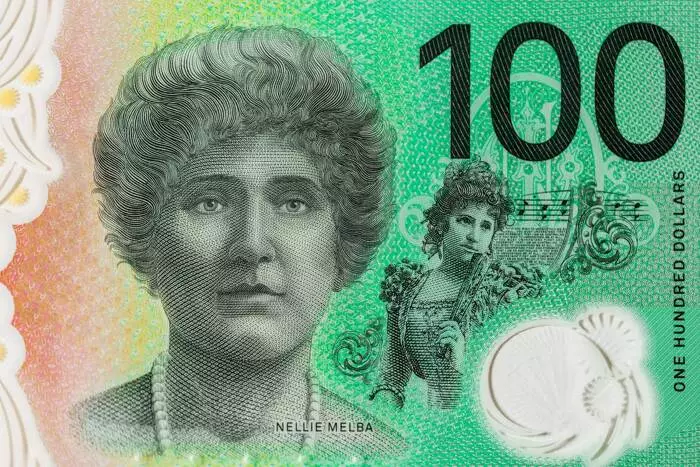The global economic environment is undergoing a profound transformation—one that has notably influenced currency markets, particularly the Australian Dollar (AUD). While one might expect the US dollar to retain its status as the premier safe haven amid rising US Treasury yields, the reality is quite the opposite. Increasingly, unsteady United States policies and apprehensions about long-term economic repercussions have chipped away at the dollar’s traditional appeal. This has created space for other currencies, especially the AUD, to capture attention, mainly due to Australia’s pivotal role in global commodity exports.
The Influence of China on Australia’s Economy
China’s economic trajectory is paramount in determining the strength of the AUD. With escalating fears over a slowdown in the Chinese economy, market participants anticipate that Beijing will feel compelled to introduce aggressive stimulus measures. Such intervention typically boosts commodity demand, benefitting Australia, a nation rich in natural resources. Even against a backdrop of fluctuating trade tensions, the AUD has demonstrated resilience, largely due to its strategic positioning as a supplier for the robust Chinese market. Consequently, AUD/USD fluctuations are not merely a reflection of domestic data; they are highly sensitive to the global trade narrative, especially the dynamics between the US and China.
Impact of Trade Policies on Investor Sentiment
The current climate of uncertainty surrounding US-China tariffs looms large over Australia’s economic outlook. While there may be encouraging signs from discussions between the US and EU regarding trade, lingering sector-specific tariffs threaten to complicate global trade flows. Investors remain keenly focused on pivotal economic indicators such as the upcoming US Retail Sales figures and Australia’s job report. These metrics are essential barometers that will likely steer trading sentiments and impact the AUD/USD exchange rate.
The Yen vs. The Dollar: A Shift in Safe Haven Status
Interestingly, while the US dollar wrestles with its status as a safe haven, the Japanese yen has been regaining its reputation. This shift can largely be attributed to concerns about capital flight ignited by erratic US trade policies. Investors are starting to perceive the US dollar more as a risk asset, encouraging a reallocation toward the yen amidst heightened uncertainty. Consequently, USD/JPY transactions are increasingly dictated by political developments and overall risk sentiment, overshadowing traditional economic indicators.
Technical Analysis: A Volatile Landscape
From a technical perspective, the AUD/USD pair has been navigating strong volatility, illustrated by its movement within a broadening wedge pattern on the 4-hour chart. Recently, the pair rebounded from a long-term support zone, attempting to break the $0.64 resistance level. A decisive move beyond the $0.6450-$0.65 range could serve as a catalyst for higher valuations. It’s crucial for traders to continually assess trade news and economic reports, as they will undoubtedly shape the market sentiment going forward.
As the global economic stage evolves, the adaptive nature of Australia’s economic policies and its resource-rich landscape place the AUD at a unique vantage point, suggesting it may weather the storm of international uncertainties better than many other currencies.

